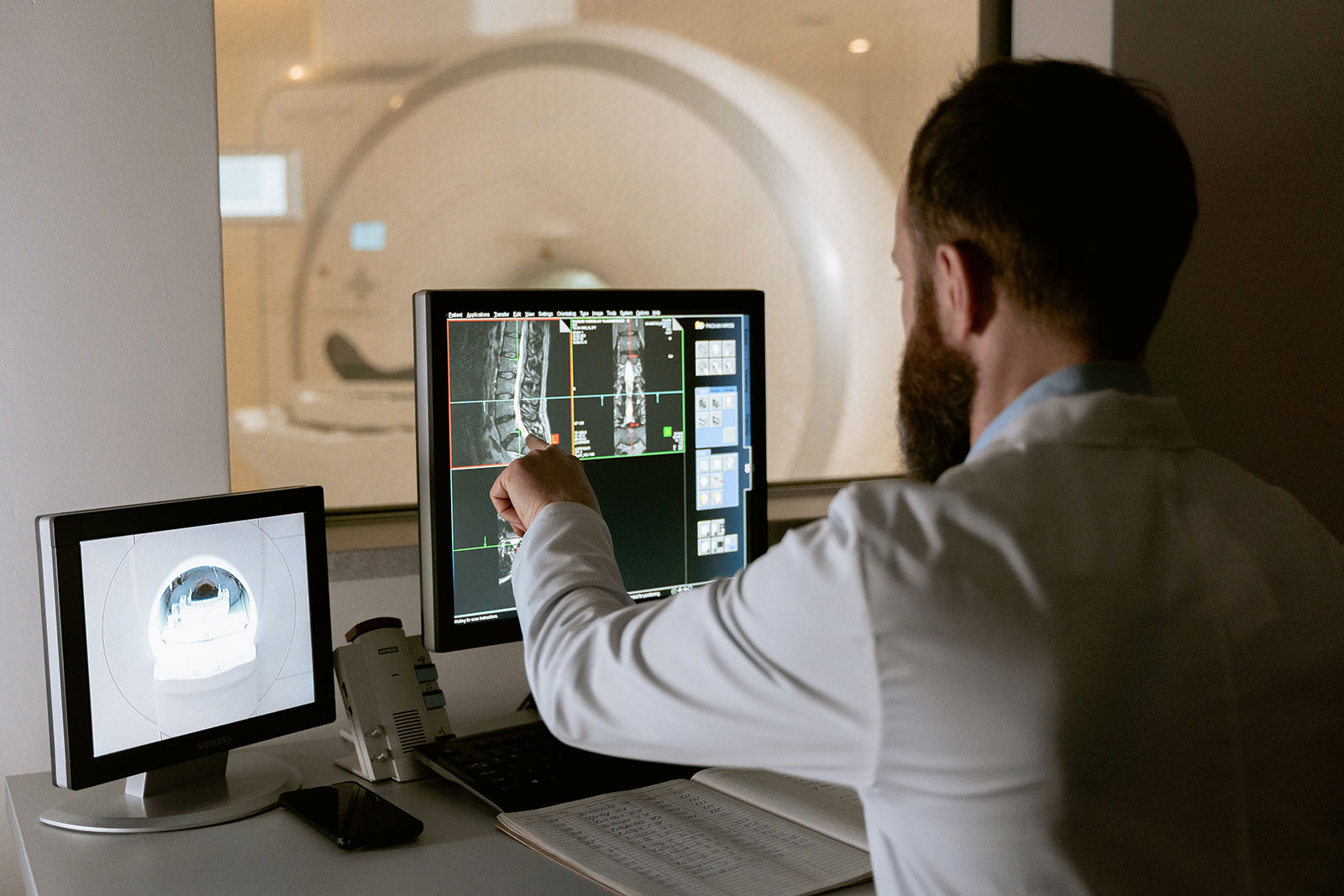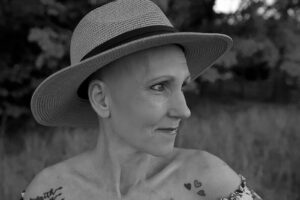Long gone are the days of artificial intelligence (AI) being a far-off, futuristic concept. AI is currently altering the way we navigate everyday life. Omnipresent within social media platforms, AI is responsible for recommending you Tweets or filtering out spam messages from your Instagram inbox. And what about when you deposit a check through your bank’s mobile app or when you hail an Uber? Need to spell check an email? That’s all AI, too. Now, the technology is revolutionizing oncology.
First founded in the mid-1950s, AI is rapidly evolving. Defined as intelligence demonstrated by machines—but without emotion or consciousness—these machines are programmed to think and act like humans in every other way and function around learning and problem-solving. Through the use of algorithms and data, AI optimizes operations to improve processes.
Due to this, AI is commonly touted as the “remedy” for human error, especially if not enough data exists for a human to make an informed decision or when there is too much data present for a human to process timely and accurately.
This particular characteristic is especially attractive in the medical field, where human errors are prevalent, costly and even fatal. A 2016 Johns Hopkins study found that more than 250,000 people in the United States die every year because of medical mistakes, including missing or misdiagnosing health issues.
“AI has the potential to unlock insights previously hidden to the human eye,” says Dr. Julianna Ianni, vice president of AI research and development at Proscia, a software company that creates digital pathology solutions that leverage AI.
This type of technology is increasingly appealing to the world of oncology. In 2021, the American Cancer Society estimates that 1.9 million new cancer cases will be diagnosed, an increase from 2020’s 1.8 million. While human pathologists possess fairly high accuracy, this influx of cases—especially after the COVID-19 pandemic during which many diagnoses were delayed—can overwhelm them.
[AI] could help to not only improve the accuracy of diagnosis but also shape how we understand and treat disease.
In 2016, a team of researchers from Beth Israel Deaconess Medical Center and Harvard Medical School developed AI methods that trained computers to interpret pathology slides—that is, images of biopsied cells.
“Identifying the presence or absence of metastatic cancer in a patient’s lymph nodes is a routine and critically important task for pathologists,” said Dr. Andrew Beck, a pathologist and a lead on the study, in a previous interview. “Peering into the microscope to sift through millions of normal cells to identify just a few malignant cells can prove extremely laborious using conventional methods. We thought this was a task that the computer could be quite good at—and that proved to be the case.”
Human pathologists were given slides of lymph node cells and directed to detect any cancer present. Their success rate was 96 percent, while the automated computer method had a success rate of 92 percent. When human pathologists and AI diagnostics were combined, however, the success rate rose to 99.5 percent, ultimately making a strong case for AI aiding in human pathology.
Higher accuracy when identifying cancerous cells is not the only benefit of AI, though—it could also improve treatment.
“[AI] could help to not only improve the accuracy of diagnosis but also shape how we understand and treat disease,” says Ianni. “For example, we could identify correlations between the visual appearance of biopsied tissue and clinically relevant factors including likelihood of metastasis and disease progression.”
Ianni explains that with this type of information, a future could exist where personalized therapies can be developed, as well as increased confidence in treatment choices and the power of determining if a certain plan of care is appropriate for a patient and their situation.
To accustom pathologists to this technology, smaller scale applications of AI are already being used in a regular workday. “We are increasingly seeing the adoption of AI solutions that support the work of pathologists each day,” says Ianni.
Proscia is one company developing such solutions. These applications are centered on patient cases, sorting and triaging the data for a pathologist so they can conduct work more efficiently and address patients’ needs more effectively.
“When the pathologist begins her day, she typically starts with a stack of cases […] however, she can’t know ahead of time how much time each case takes to diagnose, whether certain cases require a more urgent diagnosis or whether certain cases might require an opinion from another expert,” Ianni explains. With the streamlining aid of AI, a pathologist can better address the needs of patients.
AI is certainly not a perfect technology just yet, and failures do occur—for example, Uber’s fatal self-driving car accident in 2018 or Twitter’s AI chatbot Tay that began posting offensive tweets only 16 hours after launching. In oncology specifically, there is evidence that race-specific differences exist in tissue morphology and disease aggressiveness, but many cancer datasets currently consist of primarily white individuals with European ancestry.
The technology of AI is only as good as the people behind it. By avoiding pitfalls and understanding the method behind the machine, AI can continue to grow into a promising digital ally for pathologists and patients alike.
“At a high level, the promise of AI in pathology is tremendous,” says Ianni. “Improvements in efficiency, productivity and diagnostic quality are especially meaningful and enable pathologists to focus more of their precious time where it matters most.”
For more information on Proscia’s AI developments for pathology, visit proscia.com.







